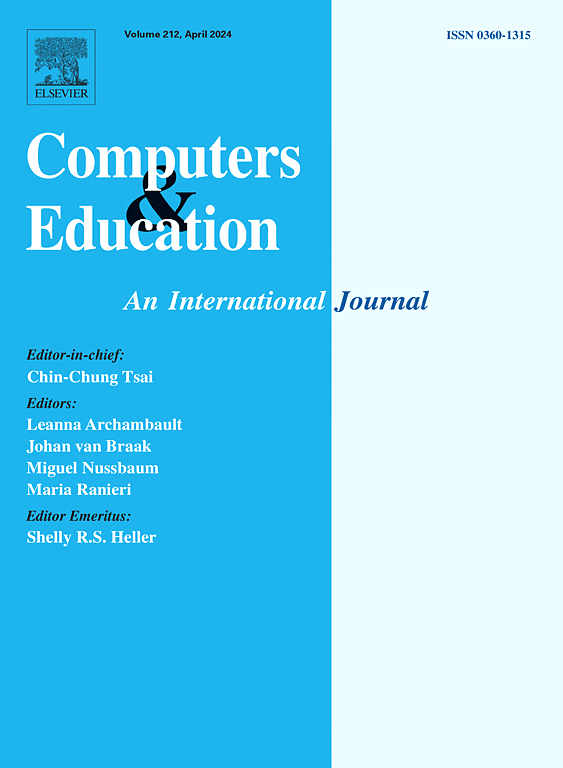Collaborative generative learning activities in immersive virtual reality increase learning
Abstract
Learning in immersive virtual reality (VR) can be highly motivating, but the perceptual richness and activity can distract students from the core instructional message. Generative learning activities may mitigate some of the limitations of immersive learning by helping learners focus on making sense of the key material. The main aim of this study was to examine whether learners benefit from being prompted to engage in individual or collaborative generative learning activities while immersed in a VR lesson compared to viewing the same lesson with no breaks. High school students (N = 164) viewed a biology lesson adapted for immersive VR about how our cells are structured and function. For the experimental conditions, the lesson was split up into four parts, with a pause after each part where learners summarized the main points and created a virtual representation of a cell; this was performed individually or collaboratively within the VR environment. Based on generative learning theory, we predicted that students engaging in individual and collaborative generative learning activities would display significantly higher posttest scores than the control group. Based on theories of computer-supported collaborative learning, we examined whether the collaborative generative activity group would achieve higher posttest scores than the individual generative activity group. The results showed that adding collaborative generative activities to a VR lesson was more effective at improving learning than adding individual generative activities. These results are consistent with collaborative cognitive load theory and demonstrate the value of adding collaborative generative learning activities to immersive VR lessons.

 求助内容:
求助内容: 应助结果提醒方式:
应助结果提醒方式:


